Molecular MagnetsMaterials based on tranistion-metal-tetracyanoethylene (TCNE) are of particular interest as molecular magnets as they display a rich range of magnetic behaviour and have relatively high critical temperatures. The vanadium material is remarkable in that it has magnetic order above room temperature but is X-ray amorphous. Hybrid exchange DFT has been used to develop a structural model and to explain the exceptionally strong magnetic coupling. Density functional study of the magnetic coupling in V(TCNE)2 |
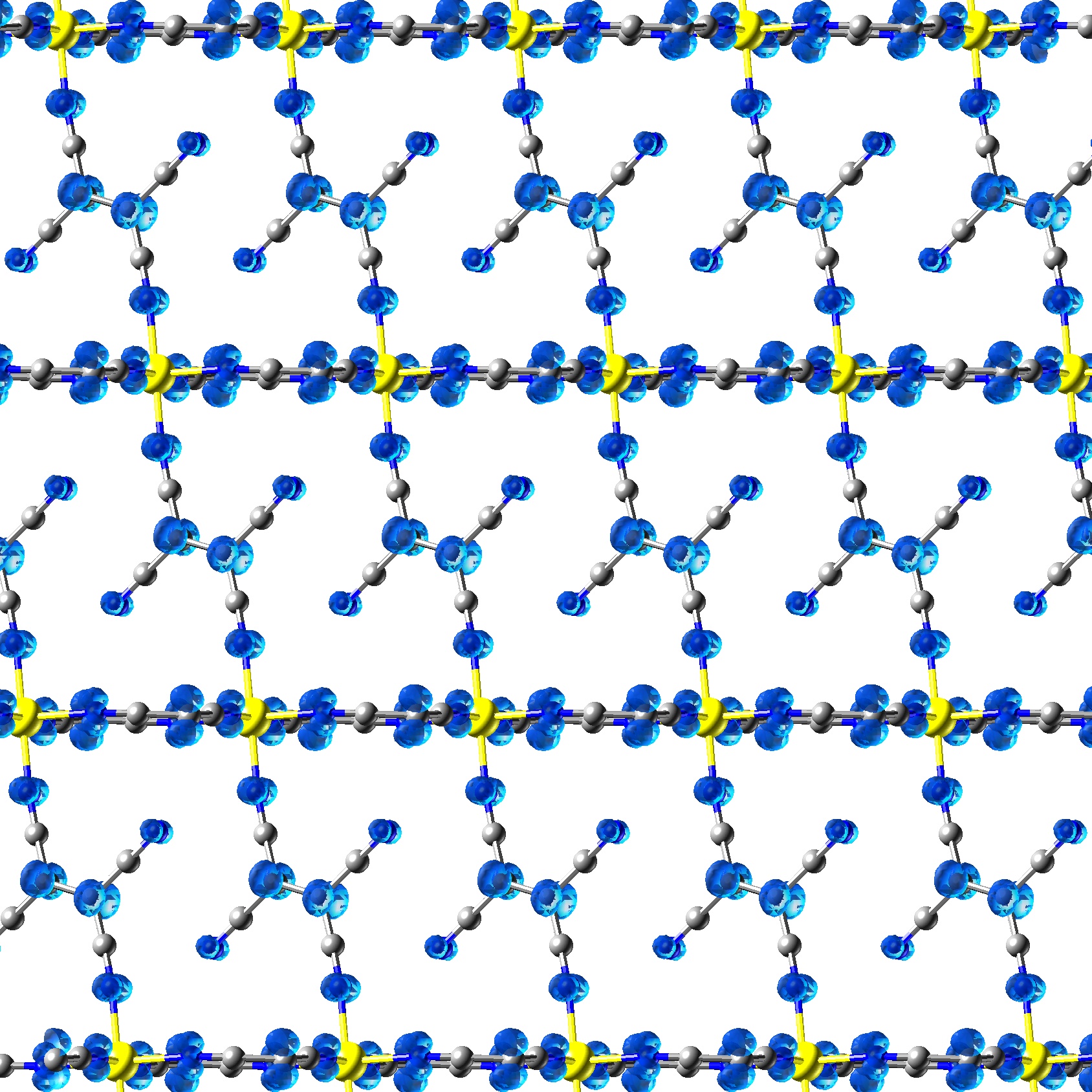
|
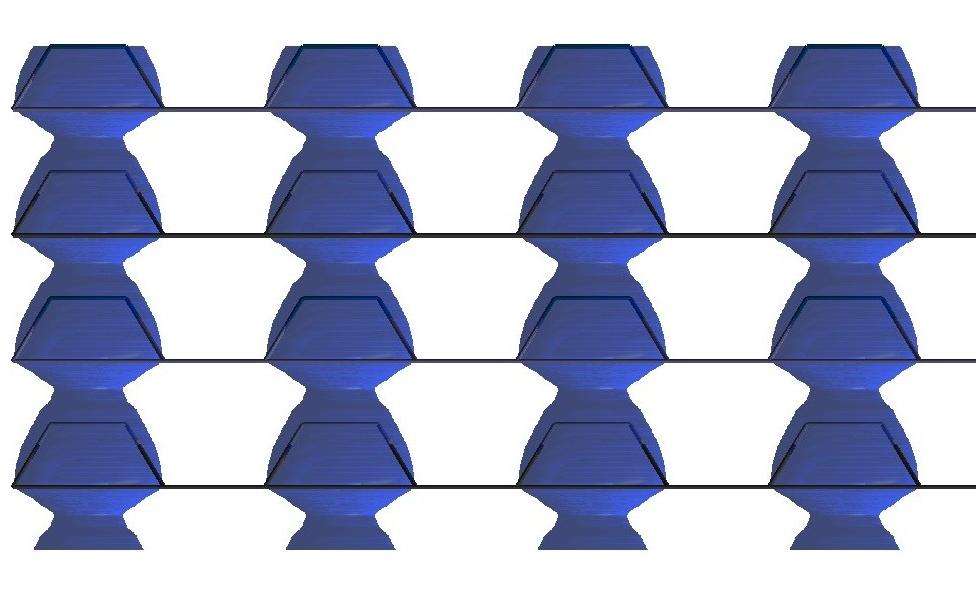
|
Intermediate Band Solar CellsIntermediate band solar cells (IBSC) have been proposed as a potential design for the next generation of highly efficient photo-voltaic devices. Combining k.p theory and DFT calculations it is suggested that quantum dot arrays may be used to realise an IBSC system. Absorption Characteristics of a Quantum Dot Array Induced Intermediate Band: Implications for Solar Cell Design, S. Tomic, N.M. Harrison, T.S. Jones, Optical and Quantum Electronics 40, 313 (2008) |
Magneli Phases in TitaniaThe defects in TiO2-x have a complicated structure. At low x point defects dominate but, as the sample is reduced, defect structures with long range order form: the so-called Magneli phases. First principles thermodynamics has been used to predict the P,T conditions under which the phases form and to examine their electronic structure. Thermodynamics of Oxygen Defective Magneli Phases in Rutile: A First
Principles Study |
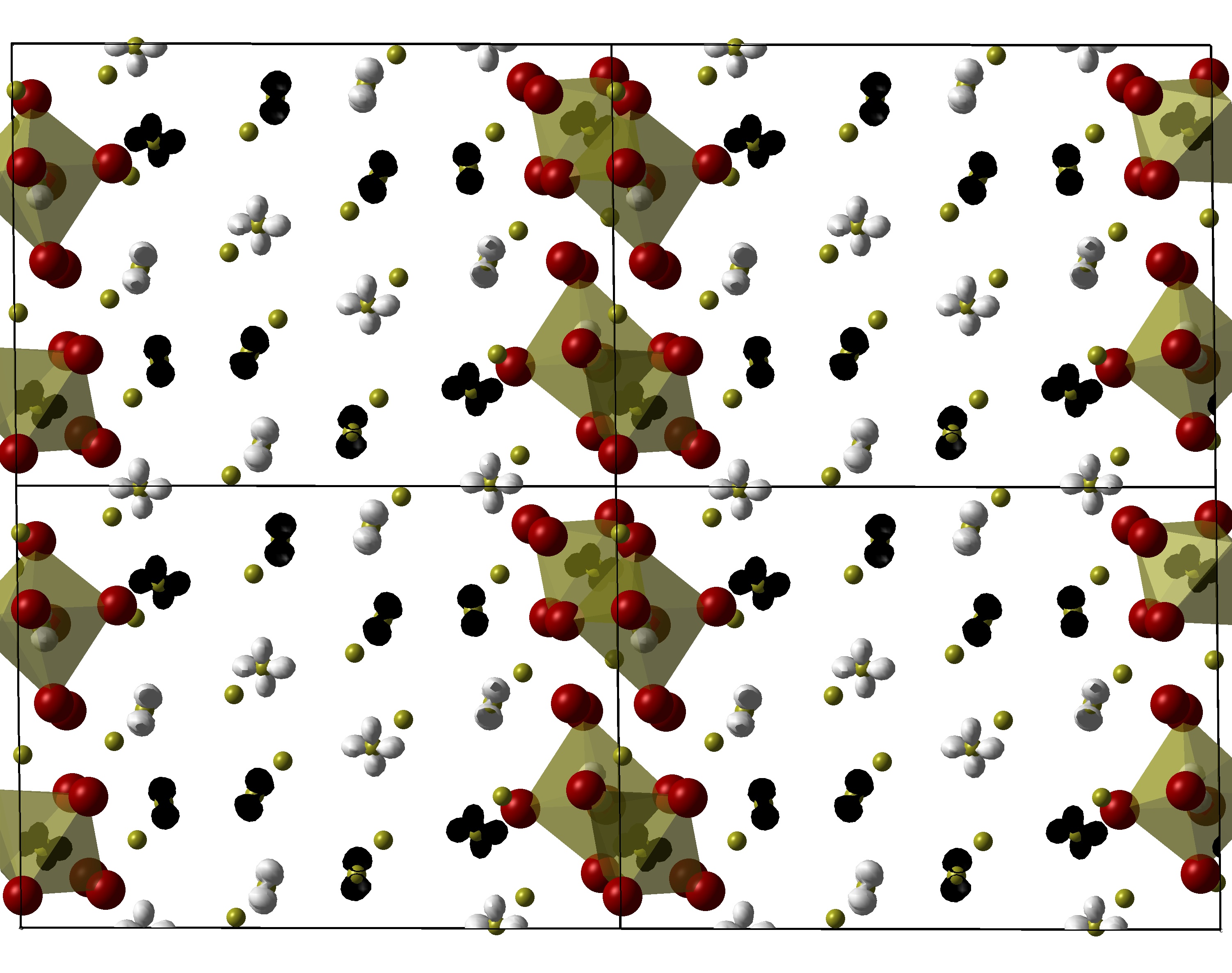
|
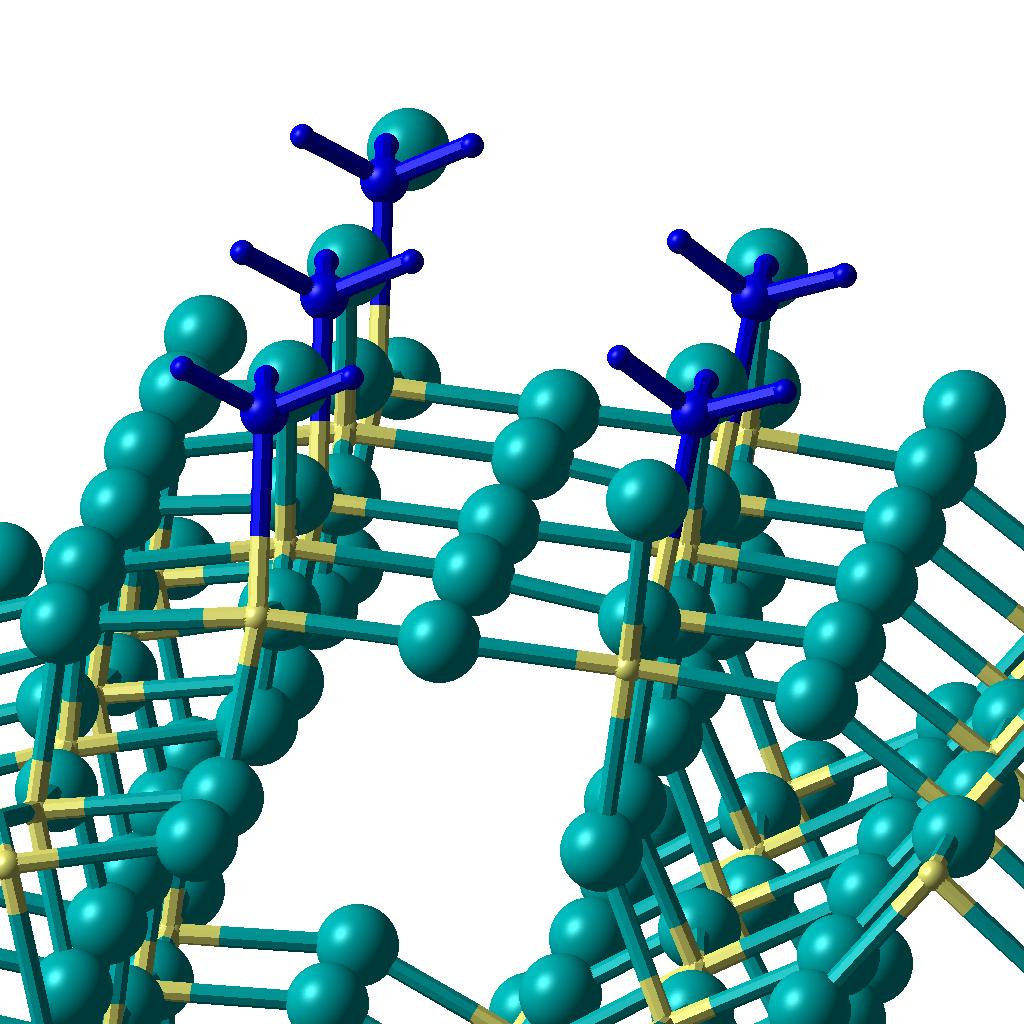
|
Fluorination CatalystsHigh surface area AlF3 is a new highly active fluorination catalyst but its structure and reaction sites are currently poorly understood. First principles thermodynamics has been used to charaterise the alpha and beta phases of AlF3. Potential Lewis acid sites are identified and their acidity quantified through NH3 binding energies CO frequency shifts. Steps, Microfacets and Crystal Morphology: An ab initio Study of
β-AlF3 Surfaces, Characterization of Lewis acid sites on the (100) surface of β-AlF3: Ab initio calculations of
NH3 adsorption, Adsorption of HF and HCl on the β-AlF3 surface, |
Parallel Minimisation Algorithms- DL-FINDMany algorithms exist for identifying either a local minimum or the putative global minimum from a given starting structure, but operate in an inherently serial fashion by propagating an ordered sequence of configurations. In order to exploit massively-parallel computers in situations where the time to solution is more important than the total CPU time, we have implemented and extended a number of techniques for global and/or local minimisation that are particularly amenable to parallelisation. Joanne M. Carr, Christine L. Bailey and Adrian Wander |
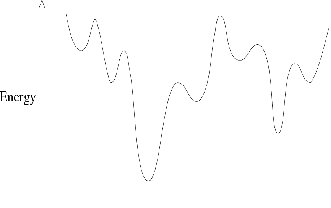
|
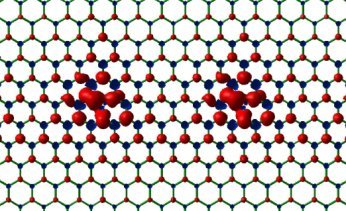
|
Room Temperature Ferromagnetism in Defective Graphene SheetsDFT calculations are used to show that point carbon vacancies in graphene can induce an instability which results in a ferromagnetic state at room temperature. The strong coupling is explained using an extension of Lieb's theorem. A Defective Graphene Phase Predicted to be a Room Temperature
Ferromagnetic Semiconductor |